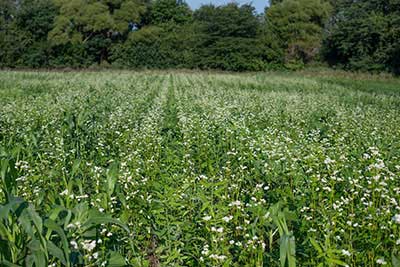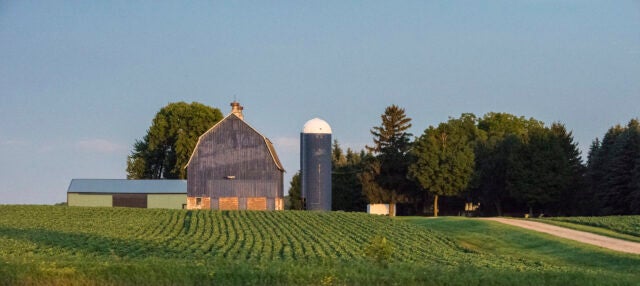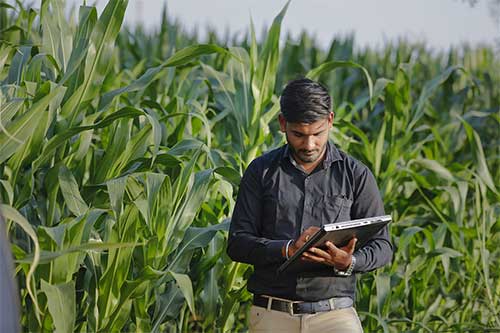- Resources
- Financial impacts of cover crops in Minnesota
Resources
Financial impacts of cover crops in Minnesota
Published: July 26, 2023 by Vincent Gauthier, EDF
In-depth cover crop financial data from 121 Minnesota farms helps farmers’ cover crop decisions.
Environmental Defense Fund, the University of Minnesota’s Center for Farm Financial Management, the Minnesota State Farm Business Management program, and the University of Minnesota Extension’s Southwest Minnesota Farm Business Management Association are leading a collaborative effort to gather farm-level financial data on cover crops.
The project is gathering detailed financial data on cover crops between 2022-2024 from corn, soybean, and other row crop farms across Minnesota. Financial impacts will be evaluated across different species, mixes and uses of cover crops. The returns and expenses of commodity crop fields using cover crops will also be compared to fields without cover crops.
The project aims to inform producer decisions by analyzing actual farm financial data. The data and insights from this project may also provide value to federal and local cost-share programs, agricultural lending solutions, and other climate-smart initiatives.
Key findings
Year one initial findings:
- Farms planting cover crops have similar characteristics to the average Minnesota row crop farm.
- 2022 cover crop costs varied significantly based on their intended purpose.
- Net returns for corn, corn silage, and soybeans following cover crops were lower than fields without cover crops, but wheat net returns were higher with cover crops.
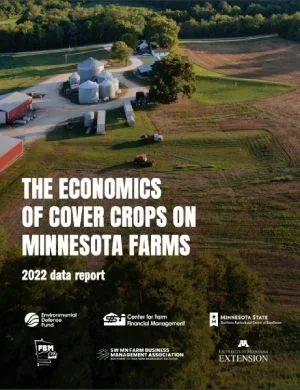
View webinar
Our Experts
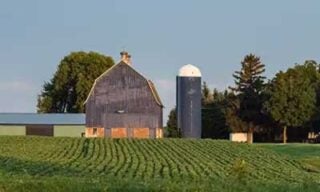
-
Financial Solutions for Agricultural ResilienceLearn more



